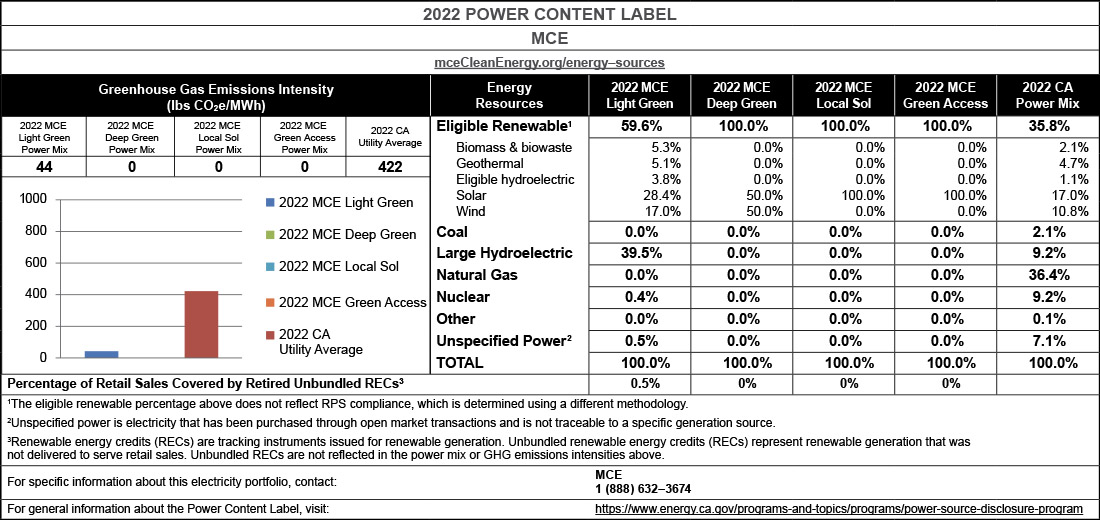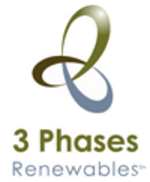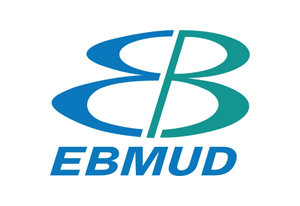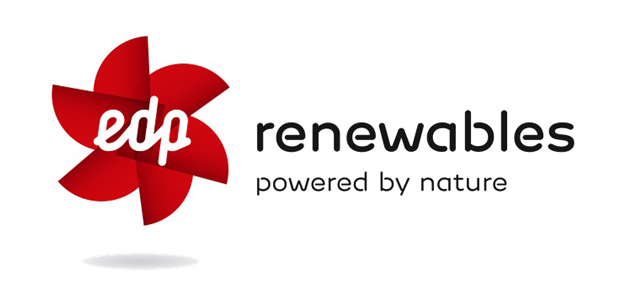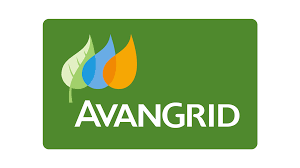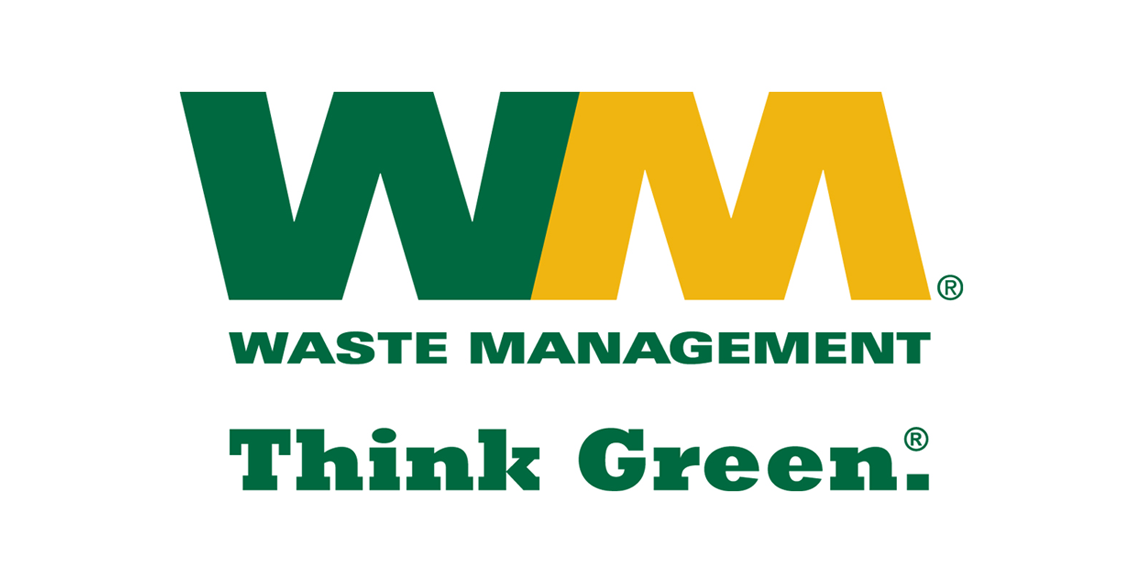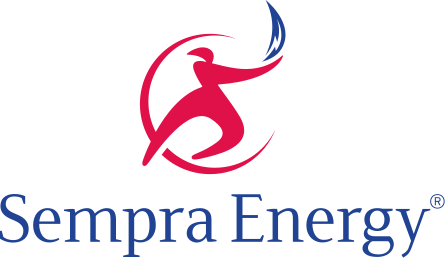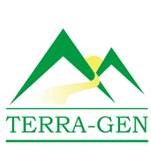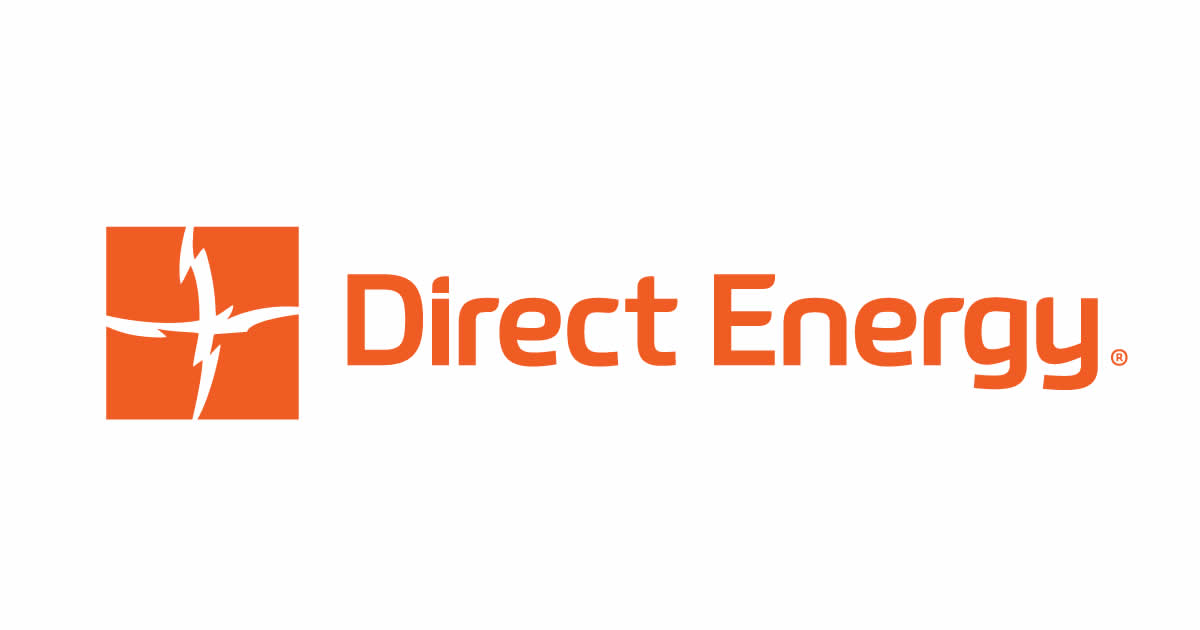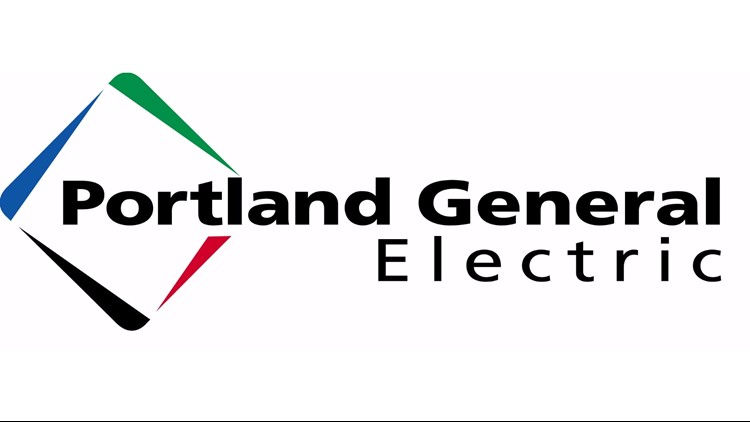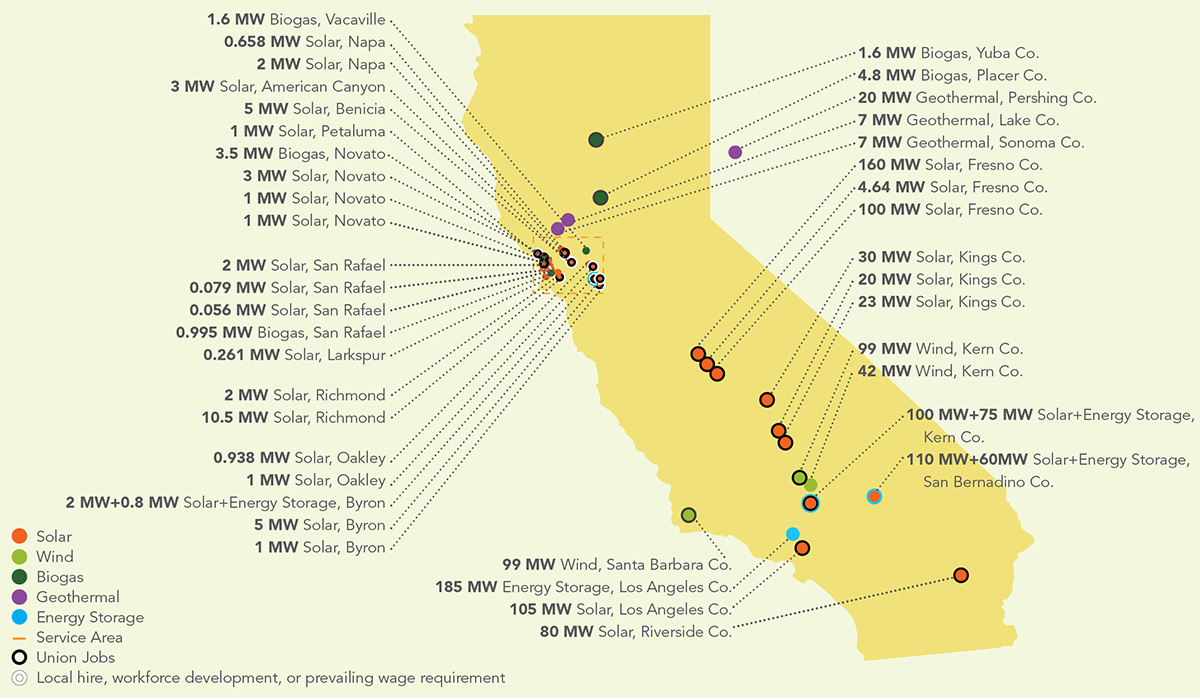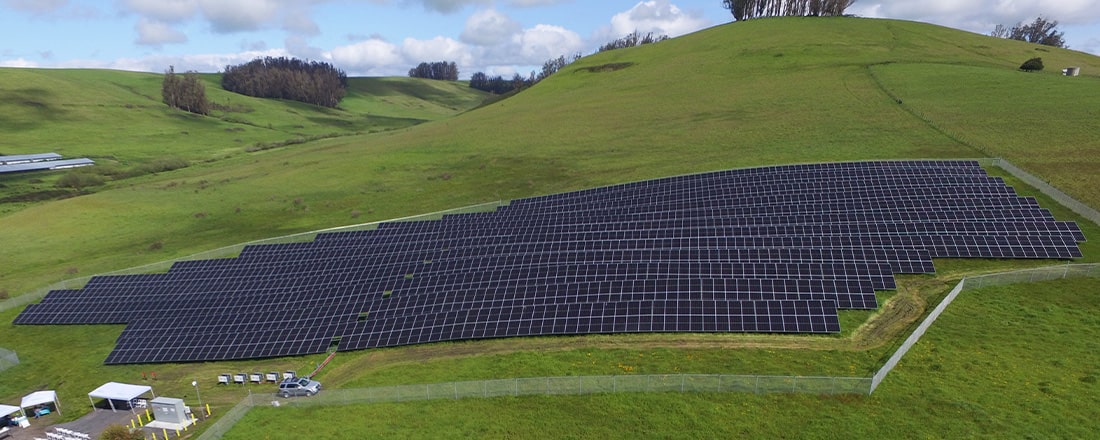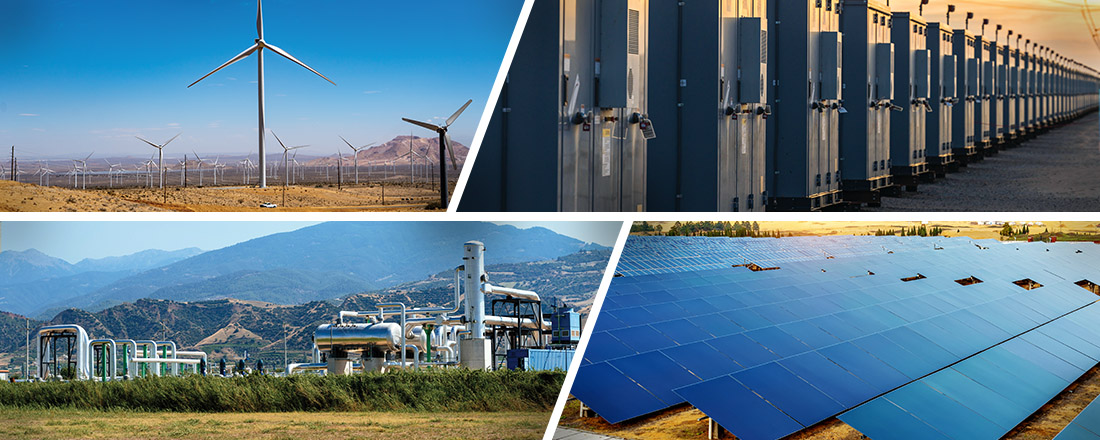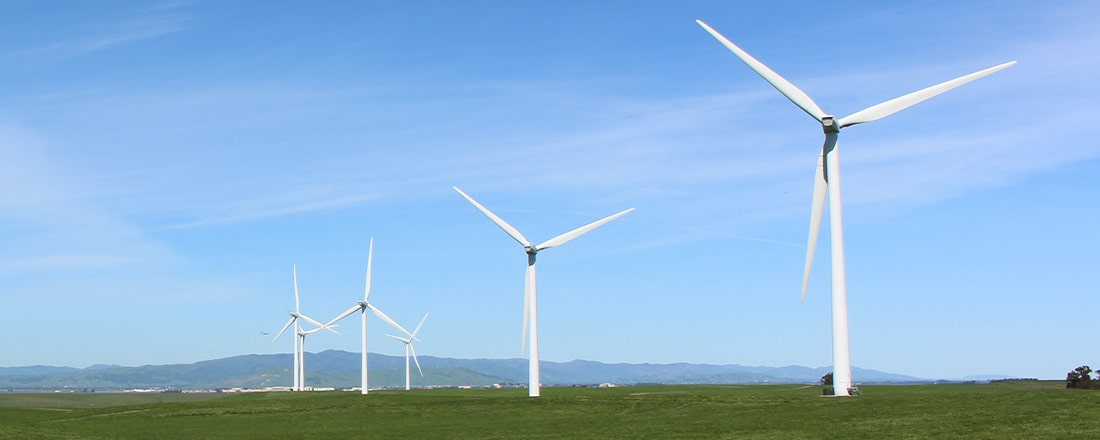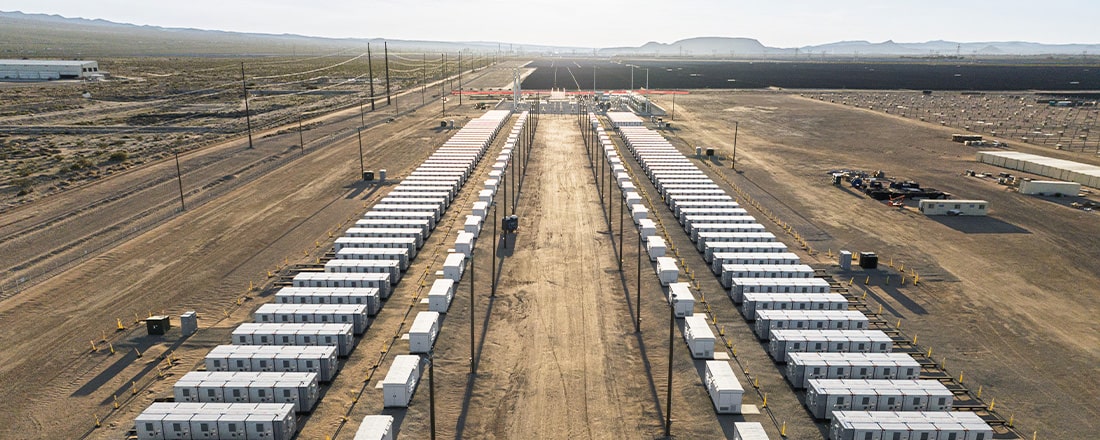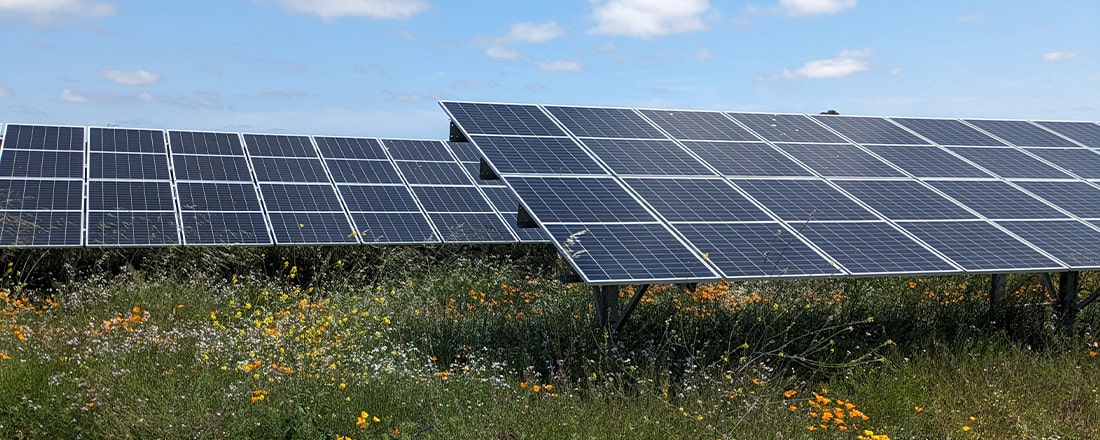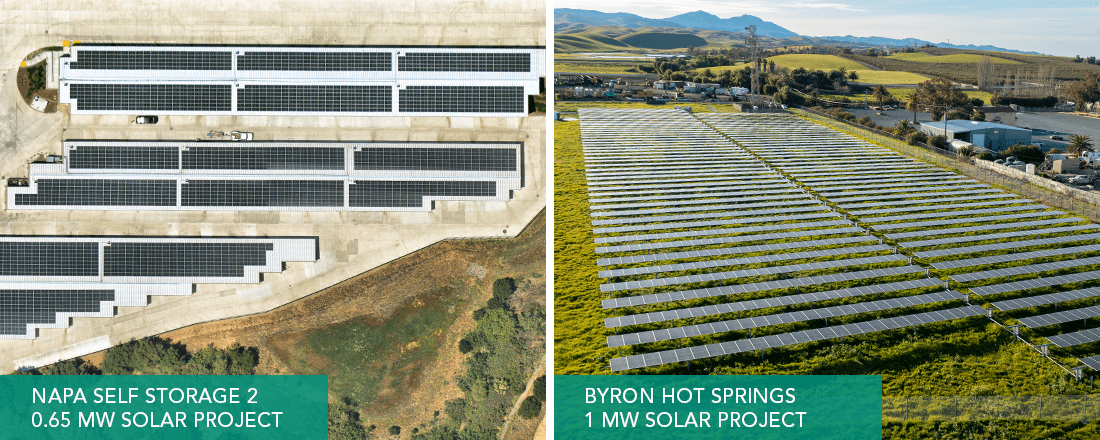Photo: Recent RichmondBUILD graduates putting their skills to work at MCE Solar One.
We procure our energy from clean, renewable sources such as solar, wind, biogas, geothermal, and small hydroelectric. We closely research and monitor our suppliers to ensure that they are using green, responsible practices and sourcing our power from renewable energy providers. Not only is our power more renewable, it’s also as local as possible.
Why Renewable Energy Matters
Energy is one of the largest contributors to harmful greenhouse gases in the U.S. because so much of it is sourced from fossil fuels. But each of us can do something to change that. MCE’s mission is to make it easier for our customers to choose an electric service that contributes more renewable energy to the electric grid. Turning away from polluting energy sources and toward clean, sustainable energy sources has never been easier or more critical.
Annual Power Content Label
To ensure transparency, each year MCE provides information to our customers about where the energy that powers your homes and businesses is sourced from and the amount of associated greenhouse gas emissions, if any. This information is provided through the Power Content Label, an annual report produced under the California Energy Commission’s Power Source Disclosure program.
The Power Content Label is similar to a nutrition label, with a breakdown of energy sources such as solar, wind, geothermal, and large hydroelectric, and a comparison to California’s “grid average” power mix. The Power Content Label is released each fall for the previous calendar year.
MCE Integrated Resource Plan
Our Integrated Resource Plan is updated every other year in even years and submitted to the California Public Utilities Commission. This document describes our electricity resource needs and guides our procurement process. Our goals include a long-term objective of 85% renewable by 2029, as well as shorter-term goals to increase local electricity procurement and storage. Light Green service is a minimum of 60% renewable since 2017 and 95% GHG-free since 2022.
Integrated Resource Plan (pdf)
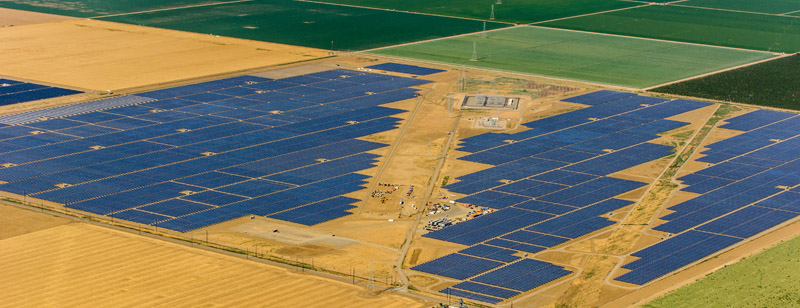
Photo: Mustang Solar, one of several CA projects serving our customers
Growing Renewable Development
MCE has 81 active energy supply contracts. We currently have 944 megawatts of new renewable energy online and under development for our customers. And together with our partners, we’ve committed more than $3 billion to the development of renewable energy projects.
Procurement Principles
We’re committed to environmental responsibility in our power purchasing decisions. MCE’s Biomass and Pollinator-Friendly Solar principles help ensure responsible and sustainable procurement practices that maximize environmental benefits.
Developers and owners of renewable energy projects can help fulfill MCE’s future resource requirements through our Open Season process. We also offer a Feed-In Tariff program that allows developers to build small, renewable projects within our service area and sell the energy directly to MCE at a set price.
Starting in 2019, MCE’s energy portfolio includes zero unbundled renewable energy certificates (RECs).
Renewable energy certificates, or “RECs,” are accounting mechanisms used to track renewable energy production and provide proof that electricity has been generated from an eligible renewable energy resource and delivered to the electric grid. One REC represents one megawatt hour (MWh) of renewable energy. This system allows utilities to document their progress towards sustainability goals, such as fulfilling—or in the case of MCE, surpassing—the requirements of California’s Renewable Portfolio Standard program.
There are three types of RECs:
Category 1 (Bundled): RECs are associated and permanently attached (“bundled”) to renewable energy that is delivered from eligible renewable resources within California.
Category 2 (Bundled): RECs are associated and permanently attached (“bundled”) to renewable energy that is generated outside of California—but within the Western Electricity Coordinating Council (WECC)—and “firmed and shaped” upon delivery into the California grid by coupling it with an equivalent volume of energy from an alternative source, typically hydroelectric or natural gas.
Category 3 (Unbundled): RECs are associated with renewable energy that is generated within the Western Electricity Coordinating Council but are not attached to any physical energy. This category of REC allows businesses, organizations, and institutions to claim the environmental benefits of renewable energy generation to help satisfy the sustainability goals or requirements assigned by their local, state, or federal government.

